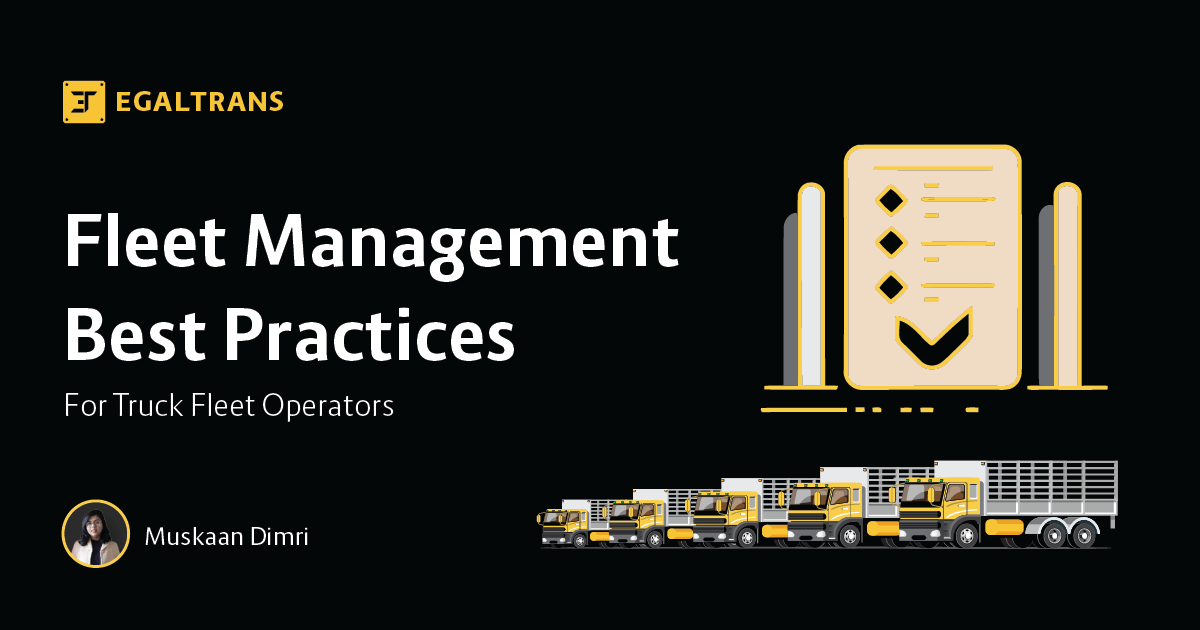Should College Education Be Free?
Mia Wilson
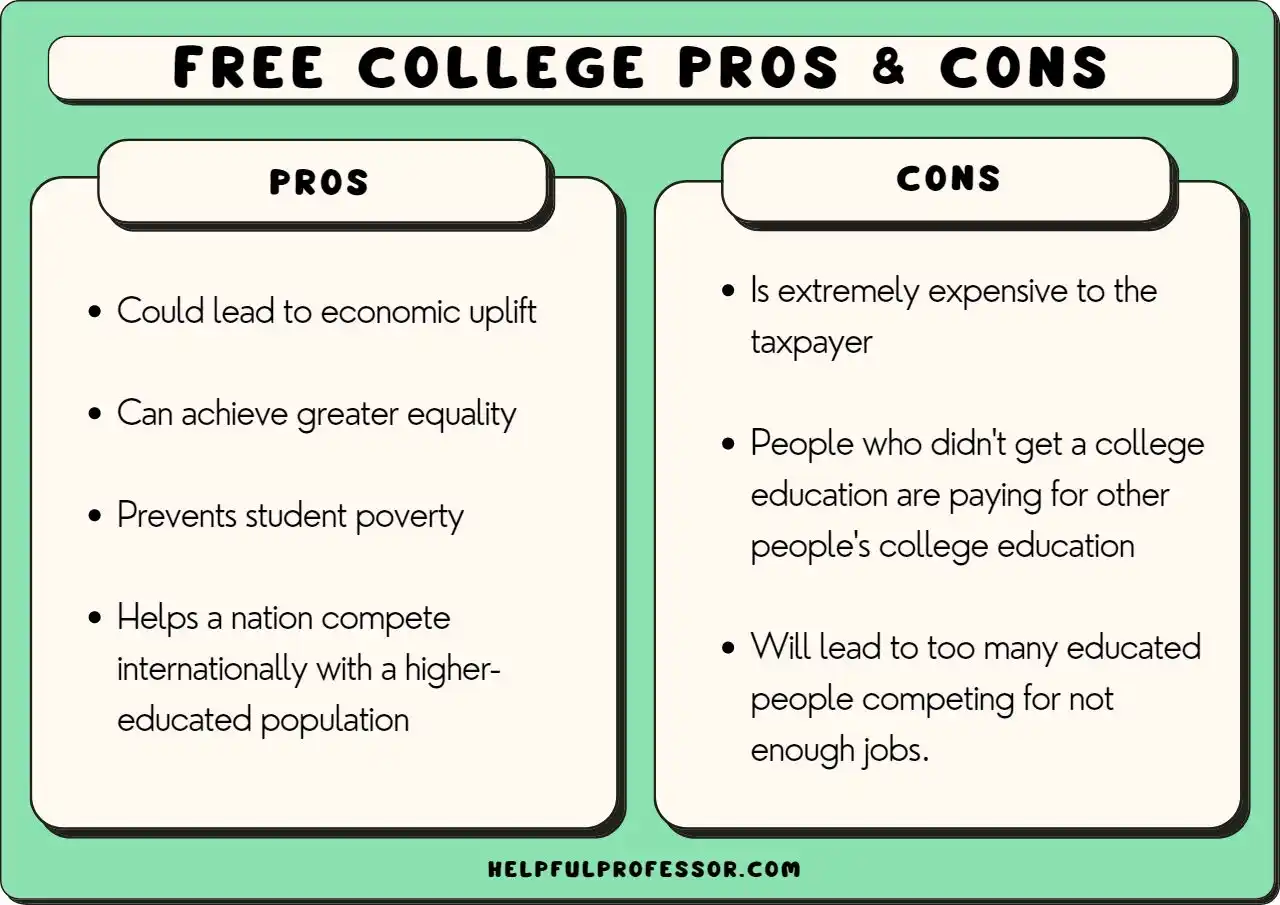
Photo: Should College Education Be Free?
The rising costs of college education have sparked a nationwide debate: Should college education be free? As tuition fees continue to climb, many argue that higher education is becoming increasingly inaccessible, potentially widening the socioeconomic gap. This article explores the various facets of this debate, examining the potential benefits and drawbacks of making college education free, and considers the broader implications for society and the economy.
The Current Landscape of Higher Education
Rising Tuition Costs
Over the past few decades, the cost of attending college has surged significantly. According to recent statistics, the average annual tuition for public universities has increased by over 200% since the 1980s, outpacing inflation and wage growth. This escalation has made higher education a financial burden for many families, leading to increased student loan debt and delayed milestones such as home ownership and family planning.
Student Debt Crisis
The burden of student loans has reached unprecedented levels, with outstanding debt surpassing $1.7 trillion nationwide. Graduates often find themselves saddled with debt that can take decades to repay, limiting their financial freedom and career choices. This crisis has prompted calls for systemic changes, including the proposition of free college education.
Arguments in Favor of Free College Education
Increased Accessibility and Equality
One of the primary arguments for free college education is that it promotes equal opportunities. By removing financial barriers, individuals from all socioeconomic backgrounds can pursue higher education, fostering a more diverse and inclusive academic environment. This democratization of education can lead to a more equitable society, where merit and potential, rather than financial means, determine educational and professional success.
Economic Growth and Workforce Development
Investing in free higher education can have significant economic benefits. A more educated workforce is better equipped to meet the demands of a rapidly evolving job market, driving innovation and productivity. Additionally, higher education graduates tend to earn higher incomes, which can translate into increased consumer spending and tax revenues, bolstering the overall economy.
Reduction of Student Debt
Eliminating tuition fees would alleviate the student debt burden, allowing graduates to start their careers without the weight of financial obligations. This could lead to greater financial stability, increased entrepreneurship, and higher rates of homeownership. Moreover, reduced debt levels can enhance mental health and overall well-being among young adults.
Arguments Against Free College Education
Financial Sustainability and Public Funding
One of the main concerns about free college education is the financial strain it could place on public budgets. Funding higher education for all students would require significant investment, potentially necessitating higher taxes or the reallocation of funds from other critical areas such as healthcare and infrastructure. Critics argue that this financial burden may not be sustainable in the long term, especially in economies facing budget deficits.
Quality of Education
There is apprehension that making college education free could impact the quality of education. With increased enrollment, universities may struggle to maintain academic standards, leading to larger class sizes, reduced faculty-to-student ratios, and diminished resources. Ensuring that educational institutions can uphold high standards while accommodating more students is a significant challenge that must be addressed.
Alternative Solutions
Opponents also suggest that there are alternative ways to make higher education more affordable without making it entirely free. Options such as income-driven repayment plans, increased scholarships and grants, and targeted financial aid can help reduce the financial burden on students. These measures can provide support while preserving the quality and sustainability of higher education systems.
Balancing the Debate: Potential Middle Grounds
Implementing Free Tuition with Income Caps
One potential compromise is to offer free tuition for students from low- and middle-income families while maintaining tuition fees for those with higher incomes. This targeted approach ensures that financial support is directed to those who need it most, reducing the overall cost burden on the education system and taxpayers.
Expanding Community Colleges and Vocational Training
Investing in community colleges and vocational training programs can provide affordable pathways to higher education and skilled employment. These institutions often offer lower tuition rates and focus on practical skills, making them viable alternatives to traditional four-year universities. Expanding these options can increase accessibility without the extensive costs associated with free college education.
Encouraging Public-Private Partnerships
Collaborations between government entities and private organizations can help fund higher education initiatives. Scholarships, grants, and endowments from the private sector can supplement public funding, reducing the financial strain on taxpayers while expanding educational opportunities. Such partnerships can also foster innovation and ensure that educational programs align with industry needs.
Case Studies: Countries with Free or Subsidized Higher Education
Germany: A Model for Free Higher Education
Germany is often cited as a successful example of a country that offers free higher education. Public universities do not charge tuition fees, even for international students, and the government provides substantial funding for educational institutions. This policy has resulted in high enrollment rates and a well-educated workforce, contributing to the country’s economic strength. However, challenges such as funding sustainability and maintaining educational quality persist.
Sweden: Balancing Free Education with Taxation
Sweden offers free higher education to its citizens and residents, funded through high taxation rates. This model ensures that education is accessible to all, but it requires a robust and efficient tax system to support the funding needs. Sweden’s approach highlights the importance of balancing educational accessibility with economic policies to ensure sustainability.
The Future of Higher Education: Trends and Predictions
Technological Advancements and Online Learning
The rise of online education and technological advancements are reshaping the landscape of higher education. Online courses and degree programs offer flexible and cost-effective alternatives to traditional in-person education, potentially reducing the need for free tuition by providing more affordable options. As technology continues to evolve, the integration of digital tools in education could further democratize access without significant financial investments.
Shifting Employer Expectations
Employers are increasingly valuing skills and competencies over formal degrees. This shift could reduce the reliance on traditional higher education as the sole pathway to career success. Emphasizing vocational training, apprenticeships, and continuous learning can complement or even replace the need for free college education, aligning educational outcomes with labor market demands.
Conclusion
The debate over whether college education should be free is multifaceted, encompassing economic, social, and educational considerations. While the prospect of free higher education offers significant benefits, including increased accessibility and economic growth, it also presents challenges related to financial sustainability and educational quality. Finding a balanced approach, such as targeted free tuition, expanding alternative education pathways, and fostering public-private partnerships, may offer a viable solution. As society continues to evolve, the future of higher education will likely require innovative strategies to ensure that it remains accessible, affordable, and aligned with the needs of both individuals and the economy.
For You
View AllDive into how hydrogen fuel cell cars work and their potential to revolutionize green transportation. Start exploring today!
Mia Wilson
Packing for one? Discover the ultimate solo travel packing checklist to stay prepared and stress-free on your next adventure!
Mia Wilson
Discover top fleet management practices to enhance efficiency and reduce costs. Optimize your fleet operations today!
Mia Wilson
Explore how green automotive manufacturing is transforming sustainability. Learn eco-friendly practices shaping the future!
Mia Wilson
Find out how to select the right VPS provider based on your needs.
Mia Wilson
Explore the main advantages of using a VPS for your website or business.
Mia Wilson
Education
View All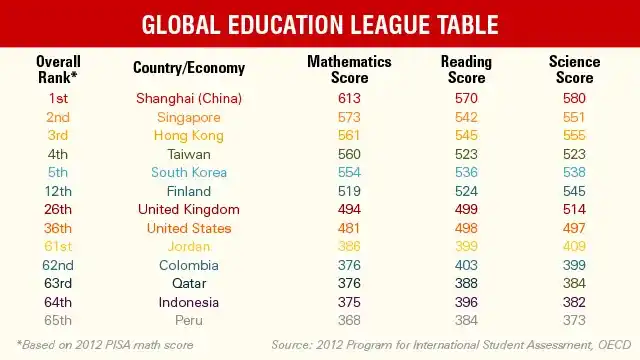
May 12, 2025
Where Does the US Rank in Education?
Explore the US education ranking globally, factors influencing its position, and what it means for the future. Get insights now!
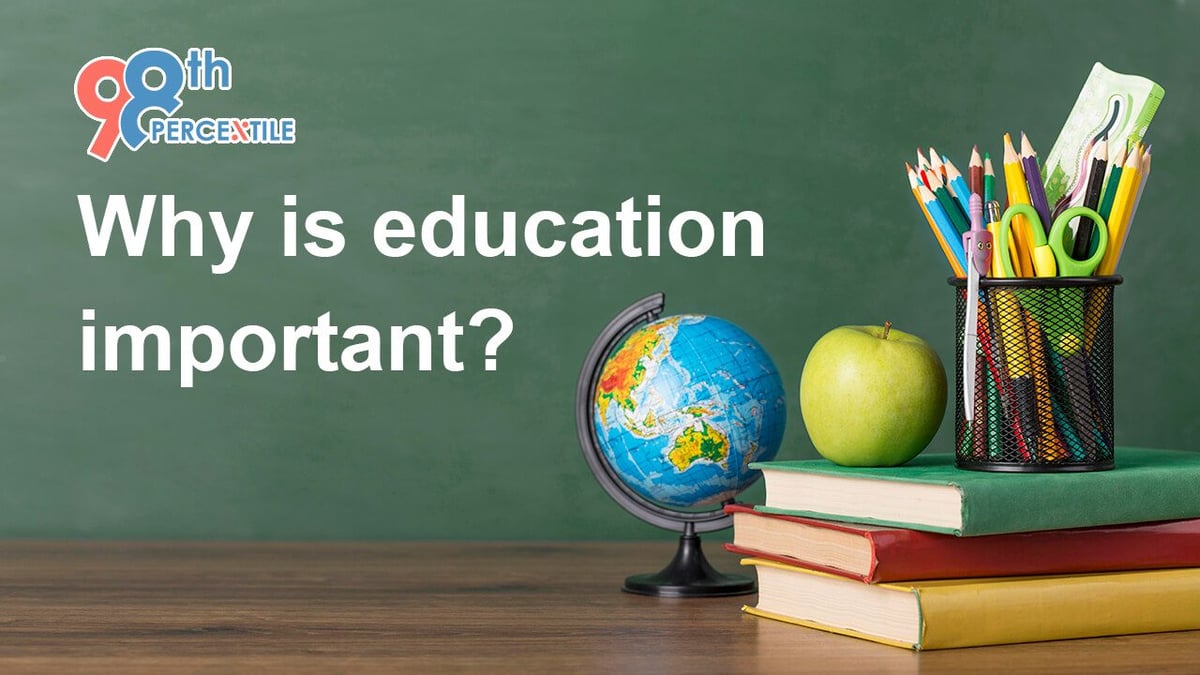
April 16, 2025
Why Is Education Important?
Explore why education is vital for personal growth, career success, and societal progress. Start learning now!
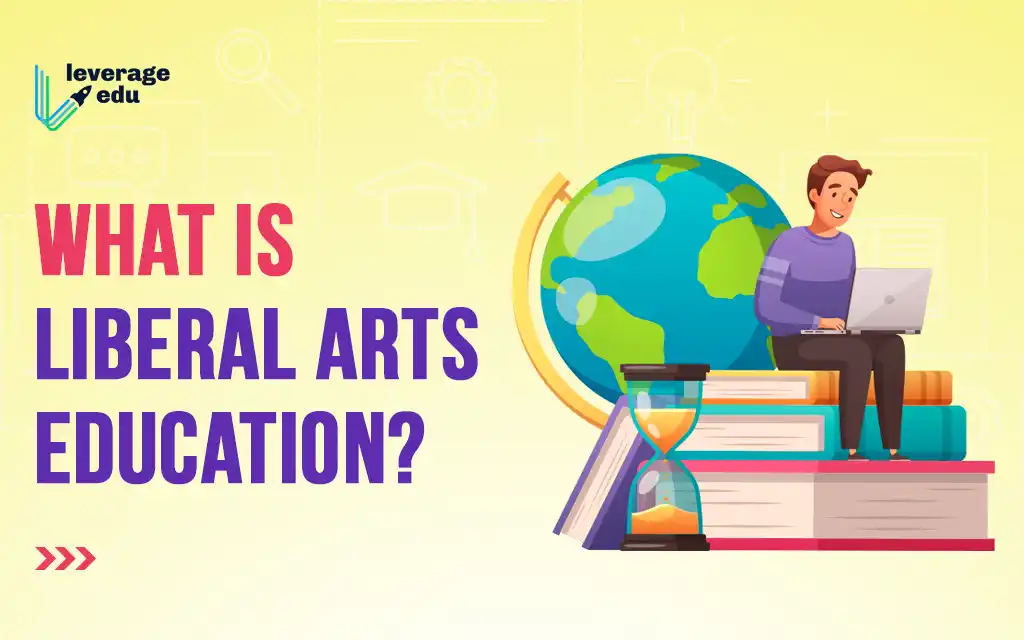
May 7, 2025
What Is a Liberal Arts Education?
Uncover the value of a liberal arts education and how it shapes versatile, well-rounded individuals. Learn why it matters!


